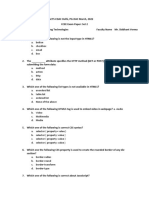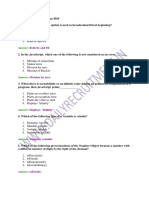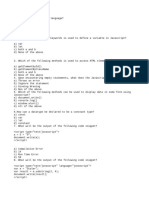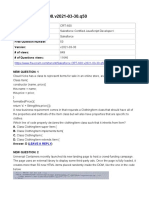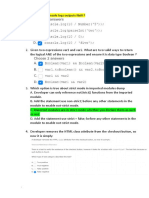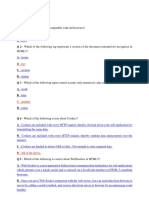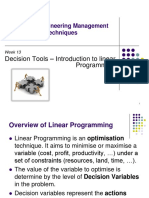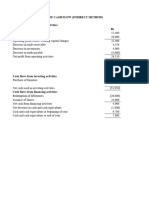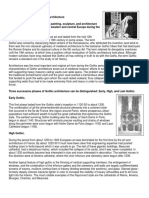0% found this document useful (0 votes)
19K views4 pagesJavascript Pre Test: A) Event Type
The document is a 20 question JavaScript pre-test that assesses knowledge of JavaScript concepts like events, arrays, functions, and objects. It contains multiple choice questions testing understanding of event types, event targets, event handlers, event propagation, arrays, return values, function invocation, and using for-in loops to iterate object properties.
Uploaded by
swapna jrCopyright
© © All Rights Reserved
We take content rights seriously. If you suspect this is your content, claim it here.
Available Formats
Download as DOCX, PDF, TXT or read online on Scribd
0% found this document useful (0 votes)
19K views4 pagesJavascript Pre Test: A) Event Type
The document is a 20 question JavaScript pre-test that assesses knowledge of JavaScript concepts like events, arrays, functions, and objects. It contains multiple choice questions testing understanding of event types, event targets, event handlers, event propagation, arrays, return values, function invocation, and using for-in loops to iterate object properties.
Uploaded by
swapna jrCopyright
© © All Rights Reserved
We take content rights seriously. If you suspect this is your content, claim it here.
Available Formats
Download as DOCX, PDF, TXT or read online on Scribd
/ 4
